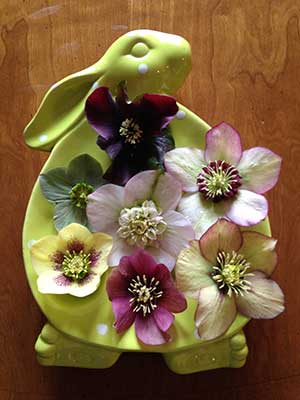 On Monday, October 5, 7:00 pm, the Great Lakes Chapter of the Hardy Plant Society presents “Hellebores & Garden Companions” by Gene Bush. A nationally-known shade garden speaker from Southern Indiana, Bush owned Munchkin Nursery & Gardens for 20-plus years, specializing in rare and unusual shade plants. His writing and photographs have appeared in Fine Gardening and The American Gardener.
On Monday, October 5, 7:00 pm, the Great Lakes Chapter of the Hardy Plant Society presents “Hellebores & Garden Companions” by Gene Bush. A nationally-known shade garden speaker from Southern Indiana, Bush owned Munchkin Nursery & Gardens for 20-plus years, specializing in rare and unusual shade plants. His writing and photographs have appeared in Fine Gardening and The American Gardener.
Hellebores are among the most valuable perennials for the shade garden. They have reliably evergreen foliage and bloom in late winter and very early spring, providing color for up to three months. They also are animal-resistant. Few perennials can lay claim to all those features. This presentation seeks to dispel some of the myths surrounding hellebores and addresses growing them with excellent companions that bloom during the same period.
Reservations are required and are due September 28. Tickets are $10. For more information, visit www.hardyplantsociety-greatlakes.org. For reservation questions, email Connie Manley.
